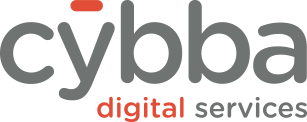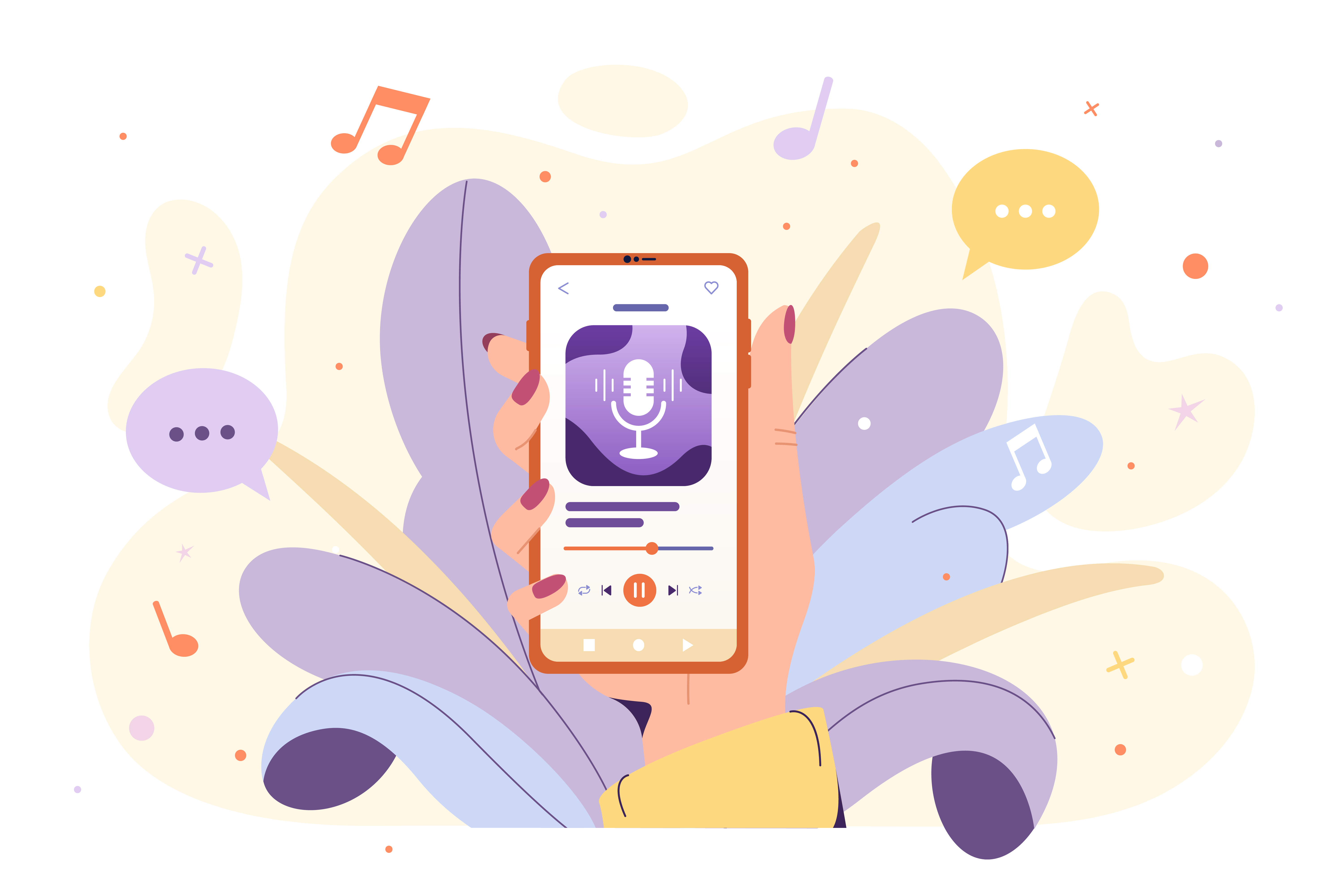As more and more consumers turn to audio entertainment in the form of podcasts, online radio, and music streaming, brands see the opportunities that digital audio can bring. More than five out of ten marketers, in fact, are planning to increase programmatic audio spend.
Digital audio combines the broad reach that traditional broadcast radio can often achieve, with the added benefit of high-precision audience targeting, cross-device retargeting capabilities, and accurate measurement.
Serving ads programmatically has been around for a while, and many advertisers use it to reach audiences through mobile devices, tablets, PCs, and connected TVs. Programmatic audio works in very much the same way as other programmatic formats like OTT or display with ads being brought and sold automatically, but advertisers are bidding on ad space where they can serve audio track recordings instead of videos or static images.
Advantages over display and video
A shift in consumer lifestyles over the years has led to more engagement with audio entertainment. In fact, 55% of total audio usage will be consumed via digital platforms this year. Its popularity increases each year, being one of the most popular activities to do online. People spend more time listening to digital audio than they do watching video streaming content, viewing OTT videos, watching videos on smartphones, or going on social media. Whether its by gaining more knowledge with podcasts, or listening to favorite content during fitness workouts or during work commutes, digital audio provides a way for consumers to disconnect temporarily from the hectic and sometimes stressful moments in life, and enjoy entertainment in an immersive and engaging format.
Because consumers are so thoroughly engaged while listening to audio, it presents opportunities for brands to deliver experiences in ways that video or display just cannot achieve.
With a more attentive audience, brands can clearly communicate the brand story in a way that is human and emotionally driven. Unlike video or display, audience listeners tend to be more receptive of sponsored messages – they cannot just turn away from their screen or have “banner blindness”. This is supported by the fact that half of audio listeners say that audio ads are less disruptive than other forms of advertising. And 45% of consumers in a Statista survey deemed radio advertising to be trustworthy.
The ads are often more seamlessly integrated into the content, and can often be perceived as part of the audio experience. Less disruptive and more integrated content leads to more memorable touchpoints that are more likely to have an impact on purchase decisions.
How to get started with programmatic audio
Identifying your audience is always a good first step in any initial planning phase. This will dictate the type of demographic you wish to reach, and in turn, the streaming services, and the channels and categories that align best with that audience.
Is your target demographic more aligned with the listeners of Spotify, or Pandora? Or maybe they’re more likely to stream audio via iHeartMedia.
If you cater to a more diverse audience, it’s likely you’ll want to cover many different streaming platforms to cast a wider net. Within the selected streaming platforms you can narrow down further to specific channels and genres that listeners frequently listen to. To get the best return on ad spend, you you may want to target more specifically by location, playlists, interest, or purchasing behaviors.
Compelling audio recordings
Audio ad tracks can be 15 seconds, 30 seconds, or 60 seconds long. The duration should be dependent on the message you’re trying to convey, but in general, shorter ads that have a clear call to action, with key selling points delivered in a coherent and convincing manner are recommended.
Avoid commanding and loud tones you might often find on TV commercials. Listeners are already engaged – you don’t need to focus as much on grabbing their attention.
Warm and conversational tones will work best. Ease the listeners mind with a voice actor that can convey the brand’s emotion and speak to the benefit of the product value.
Performance tracking
While digital audio is meant to be an upper-funnel brand awareness channel, there are some workaround tactics you can consider to measure success.
Non-clickable ads like those on connected TVs use promo codes, vanity links, or on-site surveys to properly attribute conversions. And ads via digital radio or podcasting can do the same. You can also add a companion banner ad to your audio track that links to a landing page to evaluate based on CTR. In general, companion banner ads will experience CTRs around 0.1%, similar to a typical display banner ad.
Another way to measure effectiveness is by serving ads to specific locations. If for example you have retail stores in cities like Los Angeles, San Francisco, and Seattle – you could target your digital audio ads to serve in those specific DMAs. You can then measure effectiveness by the increase in foot traffic or sales in those locations. If you don’t have physical stores, you can take this same targeting approach and evaluate the increase of website traffic coming from these areas.
An important KPI in digital audio is listen-to-completion rate. Most audio streaming platforms will allow you view listen completion rates in 25% increments. This will help determine the effectiveness of the ad and whether or net you’re reaching the right audience. Depending on the platform, a high percentage of your impressions should be hitting the 100% completion range. If a high percentage of impressions are seeing less than 100% completion rates, you may want to re-evaluate the targeting strategy.
Wrapping up
The way we consume content has drastically changed over the years. It’s important for marketers to acknowledge these changes in behaviors, and to re-evaluate all the possible areas where they can source new audiences or nurture existing relationships.
As audio becomes a critical piece in the customer journey, the effectiveness of multi channel campaigns will be largely dependent on how well your campaigns are integrated and how data flows from one platform to the other. That is where a holistic strategy needs to come into play.
Cybba partners with hundreds of online businesses, with proven success in the OTT and digital audio space. We provide a digital service platform that manages campaigns across all digital channels so brands can maintain consistency and deliver meaningful touchpoints throughout the use journey. Contact us today to learn more.


